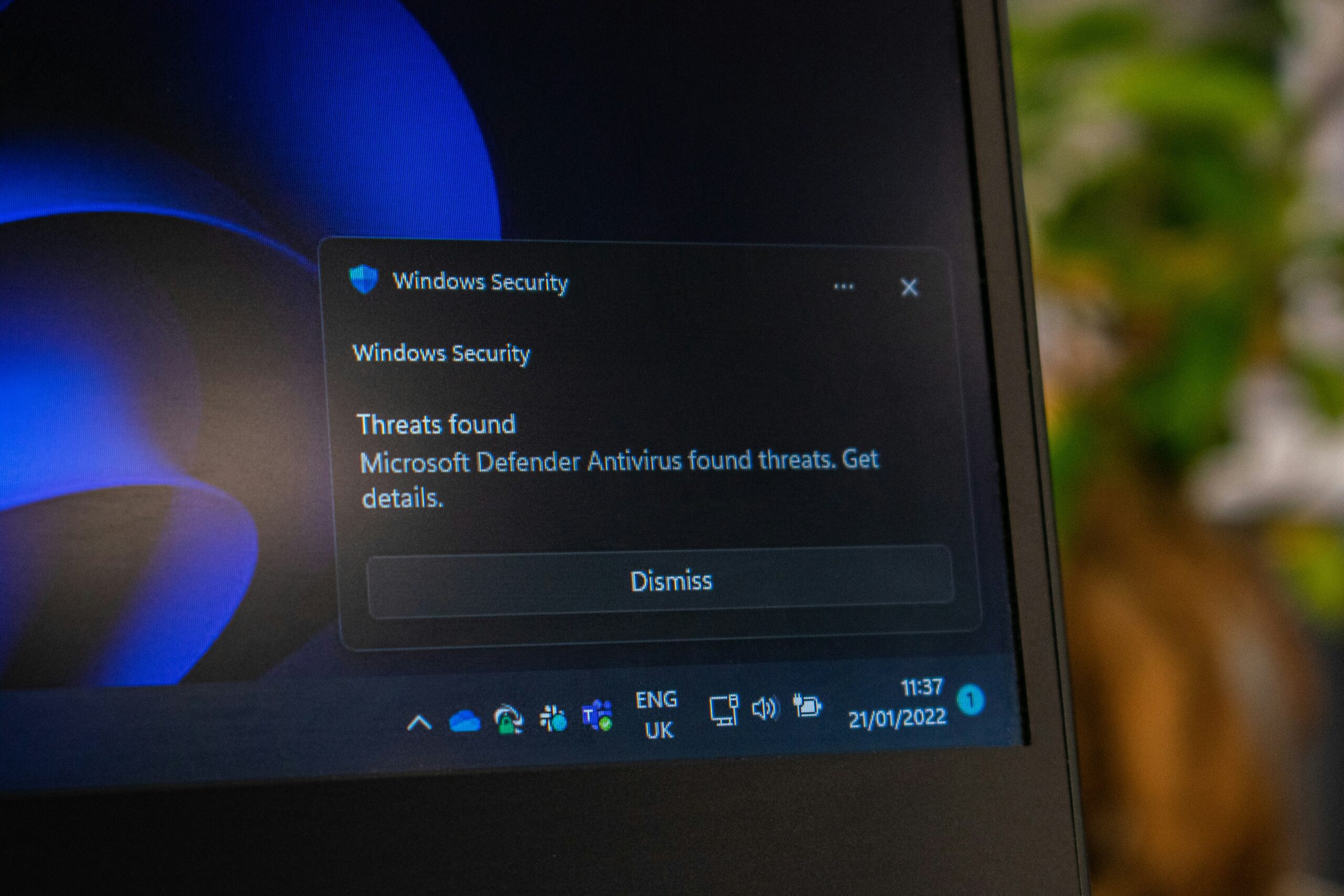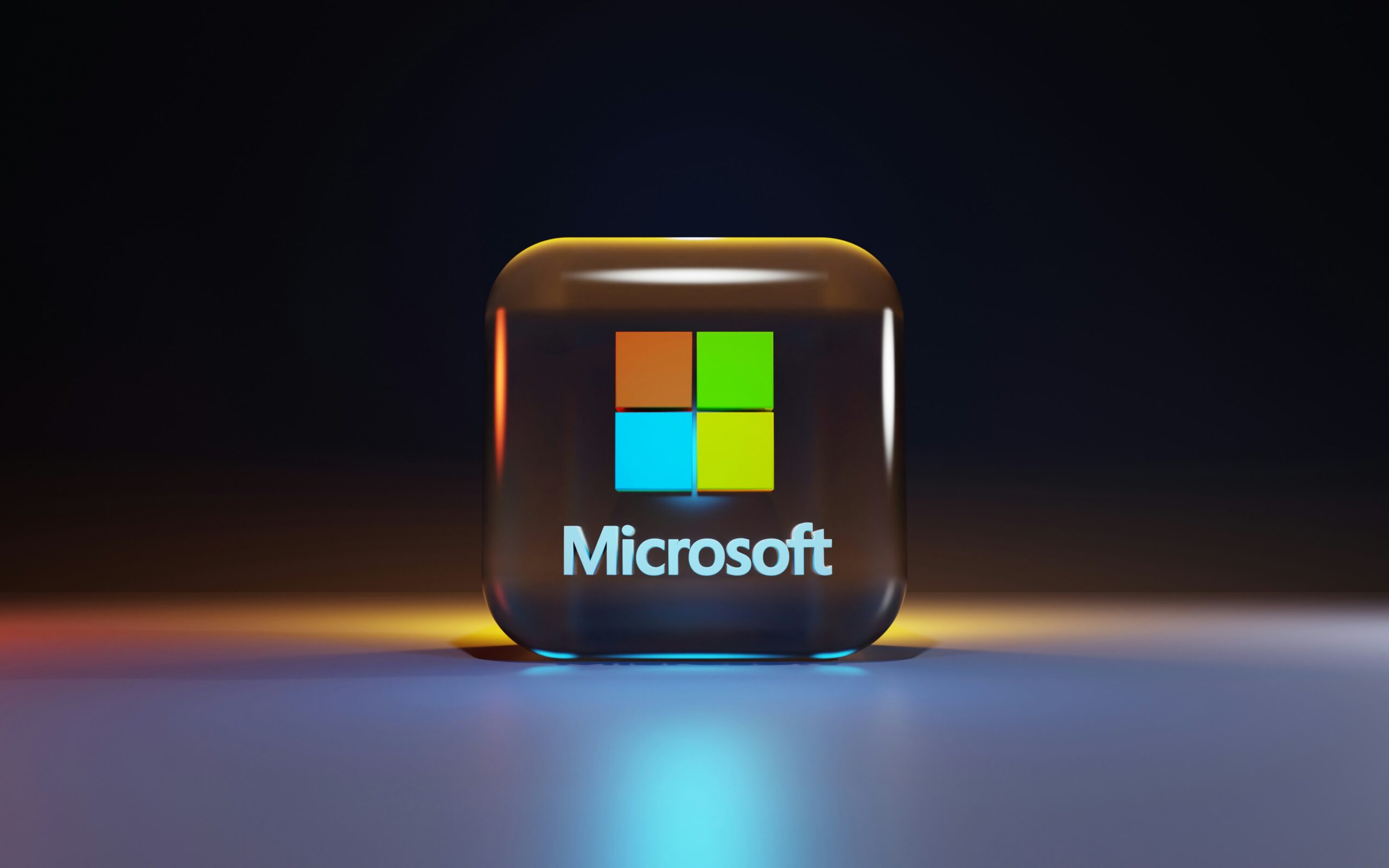Introduction:
The Microsoft Windows Vulnerabilities 2025 alert has become one of the year’s most critical cybersecurity warnings. With record-breaking zero-day exploits emerging, the Cybersecurity and Infrastructure Security Agency (CISA) is urging users and organizations to patch Windows 10 and Windows 11 systems without delay. These vulnerabilities don’t just impact casual users — they threaten business networks, government infrastructure, and critical data systems across the world.
CISA’s Urgent Warning
In October 2025, CISA issued a rare emergency directive mandating federal agencies to address two high-risk flaws within 14 days. While “Patch Tuesday” updates are routine for Microsoft users, this round revealed two zero-day vulnerabilities — CVE-2025-59230 and CVE-2025-24990 — both actively exploited by attackers.
CISA’s official notice warned:
“Organizations must reduce exposure to cyberattacks by prioritizing timely remediation.”
Whether you’re part of a federal agency or an individual user, this warning applies universally. Failing to update could expose your system to local privilege escalation, kernel-level control, and remote execution threats.
For more details on keeping your system secure, check out our guide on security.
Breaking Down the Critical Flaws
1. The CVE-2025-59230 Threat — Remote Access Exploit
The first major flaw, CVE-2025-59230, exists within Windows Remote Access Connection Manager. Microsoft confirmed that this vulnerability allows an authorized attacker to elevate privileges locally, effectively granting them administrative access over compromised systems.
Security expert Adam Barnett of Rapid7 explains,
“Local elevation of privilege is always attractive to attackers, since even if it doesn’t get them where they need to be, it provides a crucial step in a larger exploit chain.”
This vulnerability has already been exploited in the wild, making immediate patching essential for all Windows 10 and Windows 11 users.
2. CVE-2025-24990 — The Legacy Code Nightmare
The second zero-day flaw, CVE-2025-24990, resides within a legacy Agere Modem driver (ltmdm64.sys) — software originating from the early 2000s that still exists in modern Windows systems. The issue is more severe than most realize: even systems without the modem hardware are vulnerable.
Cybersecurity engineer Ben McCarthy from Immersive Labs stated,
“The active exploitation of CVE-2025-24990 shows the risks of maintaining legacy components within modern systems. Microsoft’s decision to remove the driver entirely prioritizes security over backward compatibility.”
This flaw allows untrusted pointer dereference, letting attackers manipulate system memory with kernel-level privileges. In simpler terms, it’s an open door for hackers.
How Dangerous Are These Microsoft Windows Vulnerabilities 2025?
Cyber experts estimate that up to 95% of Windows-based organizations could be affected by these vulnerabilities. That includes enterprise networks, educational systems, and even home computers.
According to Action1 CEO Alex Vovk,
“This issue is especially concerning because it resides in legacy code installed by default on all Windows systems — regardless of whether the hardware is even in use.”
The danger lies in the exploit chain: attackers can escape sandboxes, gain persistence, and even deploy ransomware or disable antivirus tools once inside.
Microsoft’s Response
Microsoft confirmed that the vulnerabilities affect all current versions of Windows, including Server editions. The company’s October update permanently removes the vulnerable driver instead of patching it — a bold move to minimize attack surfaces.
This decision marks a shift in Microsoft’s strategy: prioritize security over legacy compatibility. For many, it may render certain outdated devices unusable — but for cybersecurity professionals, it’s a necessary sacrifice.
The Bigger Lesson: Legacy Code Risks
The Microsoft Windows Vulnerabilities 2025 story reveals a larger truth — that decades-old code still lurks inside modern systems. These legacy components were never designed for today’s cybersecurity landscape.
If your business runs on outdated drivers or older integrations, it’s time to evaluate them. Each unpatched component represents a potential entry point for modern cyber threats.
For example, as noted in Forbes’ cybersecurity coverage, the increasing volume of CVEs highlights the challenge of balancing backward compatibility with proactive security management.
How to Protect Your Systems
Here’s how to stay protected from Microsoft Windows Vulnerabilities 2025 and similar exploits:
-
Run Windows Update immediately and install the latest security patches.
-
Remove unused legacy drivers or hardware from your systems.
-
Enable automatic updates for critical software components.
-
Monitor logs for unusual privilege escalations or kernel-level access attempts.
-
Educate teams about zero-day threats and phishing tactics used to deploy exploits.
For more practical security advice, check our guide on Best Cybersecurity Practices for 2025
Pros and Cons of Microsoft’s Response
Pros & Cons
Pros:
-
Protects systems from known zero-day exploits
-
Reduces exposure to kernel-level vulnerabilities
-
Enhances system integrity and reliability
-
Strengthens compliance with CISA and federal standards
Cons:
-
May disable outdated hardware or legacy drivers
-
Requires downtime for patching and rebooting
-
Can temporarily impact enterprise software compatibility
FAQs About Microsoft Windows Vulnerabilities 2025
Q1. What is the biggest Microsoft Windows vulnerability in 2025?
The most critical flaws are CVE-2025-59230 and CVE-2025-24990, both of which are zero-day exploits already being used by attackers.
Q2. How do I know if my system is affected?
If you’re using Windows 10, 11, or Server, your system is affected by default unless you’ve already installed the latest October 2025 updates.
Q3. Why did Microsoft remove the Agere Modem driver instead of patching it?
Because the code was outdated and insecure. Removing it entirely helps reduce attack surfaces and improves system stability.
Q4. Can these vulnerabilities allow remote hacking?
Yes. When combined with other exploits, they can enable remote code execution, privilege escalation, and malware installation.
Q5. How can businesses protect themselves?
Enterprises should deploy patches organization-wide, disable unused drivers, and use endpoint monitoring tools to detect suspicious activity.
Q6. Where can I read more about these vulnerabilities?
Refer to the official Microsoft Security Update Guide and CISA’s cybersecurity advisory for detailed technical breakdowns.
Conclusion
The discovery of these Microsoft Windows vulnerabilities 2025 underscores one clear truth—legacy code remains one of the biggest cybersecurity threats today. Whether you’re a home user or an enterprise IT admin, ignoring updates is no longer an option.
Microsoft’s aggressive action, combined with CISA’s firm stance, shows that proactive patching is essential to maintaining digital resilience.
Don’t wait for a breach—update your system today.
Want to stay secure in the AI-driven cyber era?
👉 Read our guide on Top Cybersecurity Trends 2025 and safeguard your digital ecosystem today.

